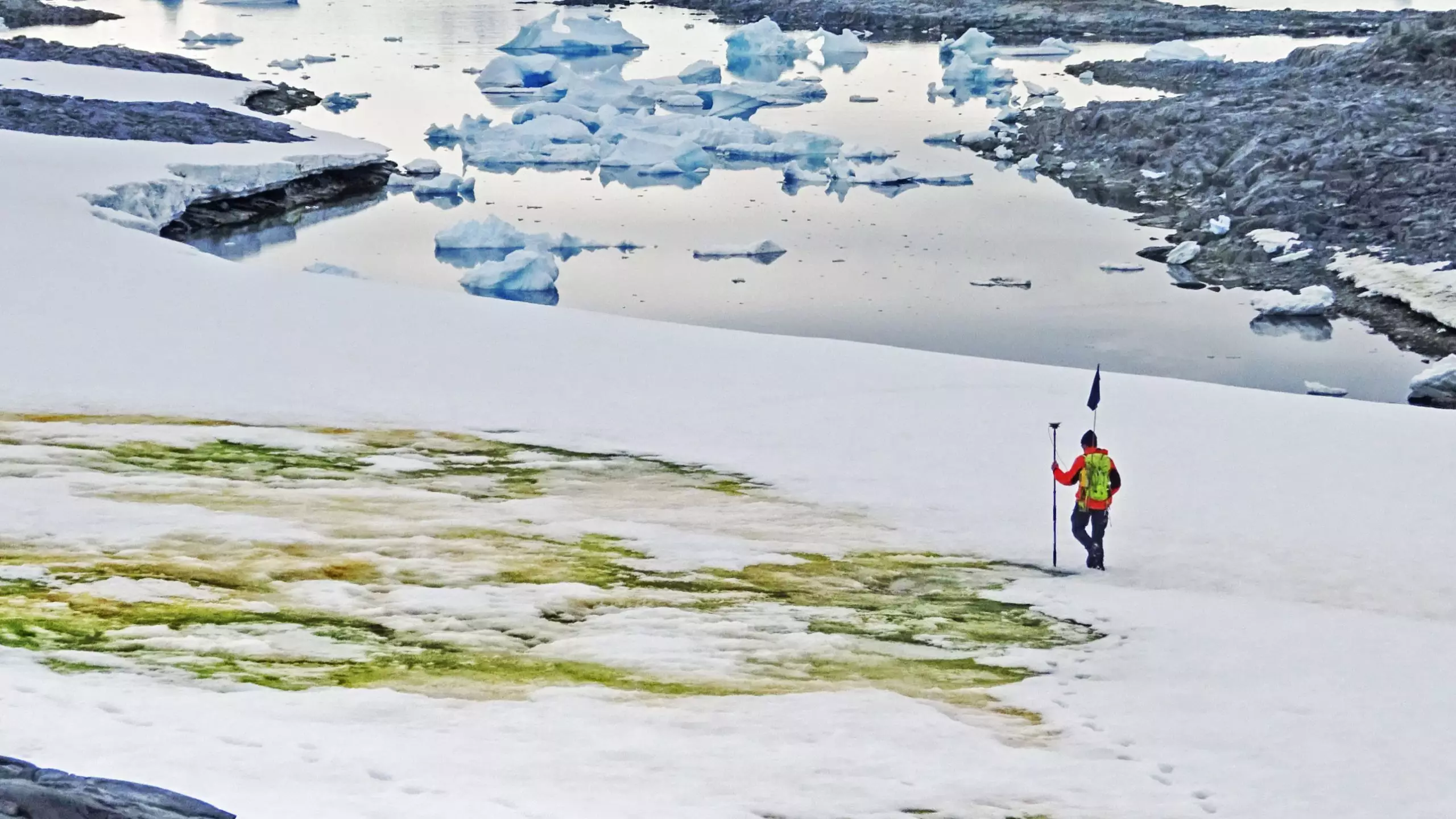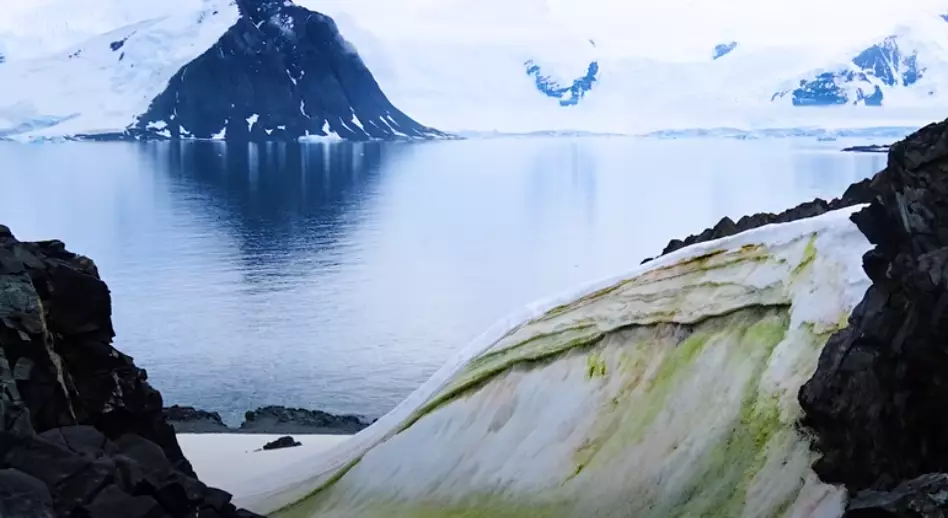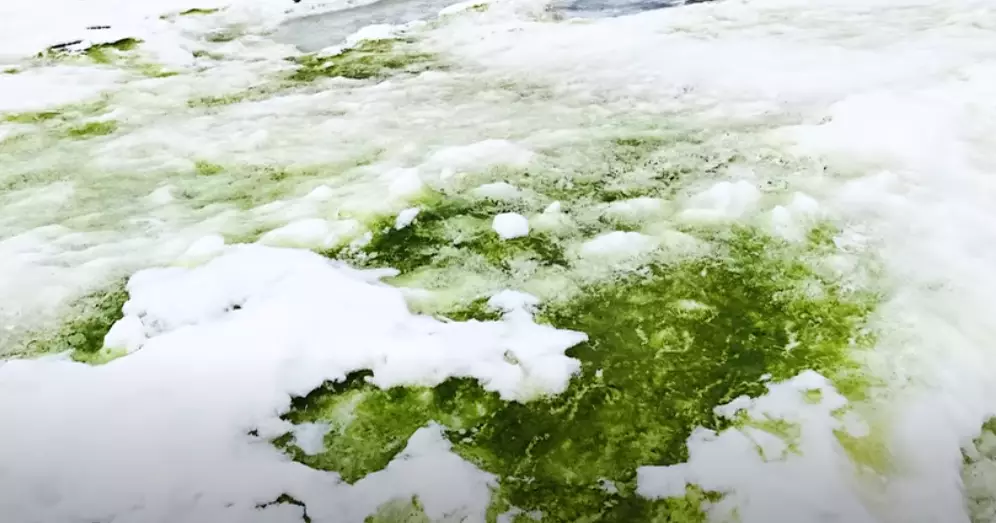
Climate change will cause parts of Antarctica to turn green, scientists say.
A study by biologists from the University of Cambridge and the British Antarctic Survey used two summer's worth of on-the-ground data and satellite mapping to track the growth of green snow algae.

The result is the first large-scale algae map of the peninsular, which will be used to assess the speed at which the white continent is turning green due to ever-growing dense patches of the single-cell life-forms, with increasing temperatures creating slushy coastal conditions in which the algae thrives.
Advert
Although each individual alga is microscopic in size, when they grow en masse they turn the snow bright green and can be seen from space. The findings of the study were published in the journal Nature Communications yesterday (Wednesday 20 May).
Dr Matt Davey, who led the study, said: "This is a significant advance in our understanding of land-based life on Antarctica, and how it might change in the coming years as the climate warms.
"Snow algae are a key component of the continent's ability to capture carbon dioxide from the atmosphere through photosynthesis."
The research also found that marine birds and mammals also had an impact on algae growth, with more than 60 percent of algae blooms found within 5km of a penguin colony. This is because their poo is a highly nutritious natural fertiliser which accelerates the algae's growth.

Almost two thirds of the algal blooms were found on low-lying islands and the researchers predict that rising temperatures may see such islands become covered in algae. In terms of mass though, the majority of the algae is found in larger blooms where they can spread to higher ground as low-lying snow melts.
Advert
Dr Andrew Gray, lead author of the paper and a researcher at the University of Cambridge and NERC Field Spectroscopy Facility, University of Edinburgh, said: "As Antarctica warms, we predict the overall mass of snow algae will increase, as the spread to higher ground will significantly outweigh the loss of small island patches of algae."
The researchers intend on conducting further studies into other red and orange algae in Antarctica in order to assess how much carbon is held by snow algae across the continent.
Davey said: "The snow is multi-coloured in places, with a palette of reds, oranges and greens - it's quite an amazing sight."
You can view the complete study here.
Featured Image Credit: University of Cambridge/Matt DaveyTopics: Science, World News, climate change